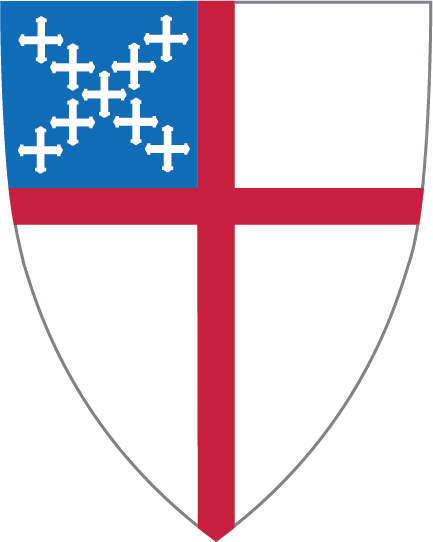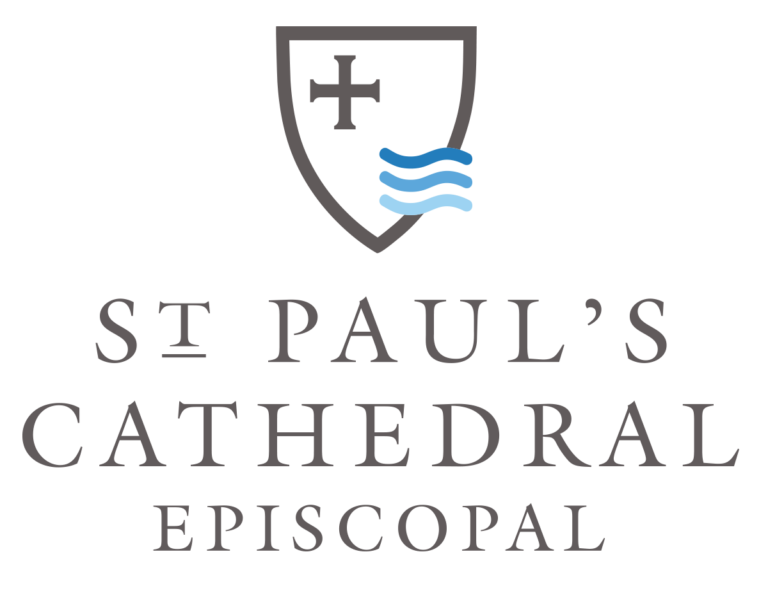
Hello St. Paul’s,
The history and identity of our church, the Episcopal Church, is complicated. Like most Christian denominations we are the product of a historic split; our name, Episcopal, is used by several denominations; and as part of the Anglican Communion we are part of a particular ethnic tradition. I want to say a few words about each of these.
The Episcopal Church of the United States is a daughter church of the Church of England, which broke off from the Roman Catholic Church in the 16th century, partly for political reasons and partly as a consequence of the Protestant Reformation. Anglican missionaries were subsequently posted to every country of the British Empire, and Anglican churches were founded in all the original American colonies.
After the American Revolution the Anglican churches in this country had to make a change, as their clergy had sworn allegiance to the British crown. And so the Episcopal Church was born, as an independent Anglican church. Since that time a host of small denominations have broken away from the Episcopal Church for reasons such as ritual differences over vestments and candles, the ordination of women, and the ordination of openly LGBTQ individuals. Many of them have Episcopal in their names, for example the Episcopal Free Church and the Reformed Episcopal Church.
The use of the word Episcopal in our name can be confusing. It’s a word that simply means we have bishops, and the word has been adopted by other denominations over the centuries. The Methodist branch of Protestant Christianity was formed in the mid 19th century when Anglicans who took seriously a Christian rule of life broke away from a corrupt and elitist Church of England. John and Charles Wesley started the movement in the 1700s , preaching in open air revivals when they were banned from the churches. The movement spread to America where the Great Awakening, a spiritual revival, took hold.
The Methodist Episcopal Church was founded, using the term Episcopal to indicate the authority of bishops. In many churches people of color were treated with disrespect, and this led to African Americans founding their own denominations, including the African Methodist Episcopal or AME Church and the African Methodist Episcopal Zion , or AMEZ church. Today the predominant Methodist denomination in this country is the United Methodist Church, the product of several mergers (and recently, alas, riven by strife over matters of human sexuality). Note that the term Episcopal is no longer in the denomination’s name.
Absalom Jones was born into slavery but eventually achieved freedom. He was a lay leader in the Methodist Episcopal Church where he initially served a mixed-race congregation. But after the black members were involuntarily segregated by the white parish leaders, Jones left the Methodist church, was ordained priest in the Episcopal Church, and founded an Episcopal congregation led entirely by African Americans.
I wrote earlier that the Episcopal Church is an ethnic church. We are descended from the establishment church of England and like other Anglican churches we have maintained many of the rituals and traditions of our English mother church. Even in central Africa, countries with extreme climates and where wheat is not grown, the clergy wear heavy vestments and go to some lengths to obtain wheaten wafers for Communion.
In the US, Anglicans have historically been mostly white people, as the Anglican and then Episcopal Church was seen with some justification as the church of the enslavers and oppressors. However, we have struggled mightily over the last century to broaden our membership and be a more inclusive church, working for civil rights, ordaining women, and fully embracing LGBTQ individuals. The Episcopal Church is still a majority white church, although in the Anglican Communion worldwide white people are far outnumbered today.
St. Paul’s has worked hard in recent years on educating ourselves about systemic racism and the continuing injustice that is deeply rooted in our society. We have learned much. We still have work to do though, and there are still moments when someone who may not look like the classic Episcopalian is treated with less than the respect and compassion they deserve. This might be enough to convince someone, who’s already feeling uncomfortable in a church full of apparently well-off white people, that they don’t belong here. I encourage you to be especially attentive and hospitable to visitors and newcomers, no matter what they look like. Each one of us is a beloved child of God and we have all promised in our baptism to respect the dignity of every human being.
I’ll end with one of my favorite prayers from the Book of Common Prayer: “O God, you have bound us together in a common life. Help us, in the midst of our struggles for justice and truth, to confront one another without hatred or bitterness, and to work together with mutual forbearance and respect; through Jesus Christ our Lord. Amen.” (BCP p.824)
See you on Sunday!
Your sister in Christ,
Penny


What a helpful synopsis! Thank you, Dean Penny, for all this.